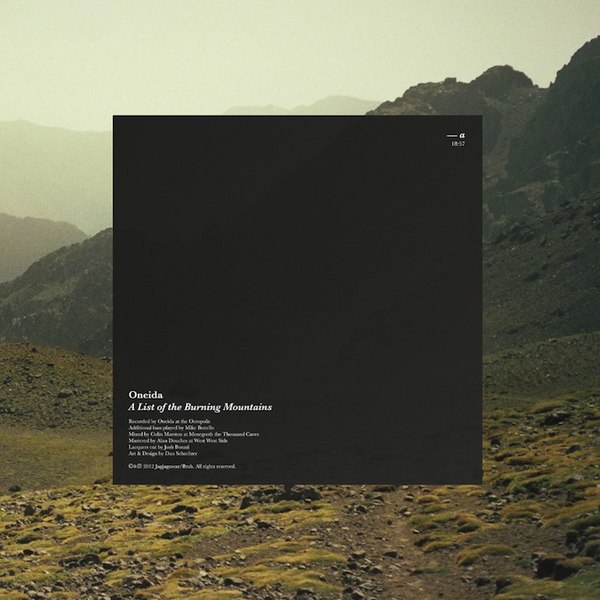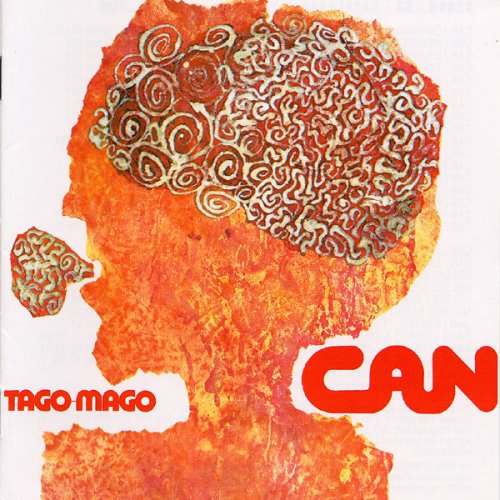Oneida : A List of the Burning Mountains

Make no mistake about it: Oneida create art. Yes, certain qualities about the band—the pseudonyms each member has adopted (such as “Fat Bobby” or “Kid Millions”) and the delightfully oblique way in which they sometimes discuss their music—seem to be transparent to a sort of flippancy, but one has only to listen to their work to see that they are, indeed, uncompromising and visionary musicians. A dimension of this has to do with the overwhelming abundance of variety and originality in their catalogue. The widespread difficulty among music critics with accurately placing Oneida in a given genre—attested to by such mouthfuls (albeit thoughtful ones) as “kraut-edelic, electro-rock minimalists“—indicates the malleability of the band’s sound. Because of this, the go-to catch-all term for writers to apply to Oneida is “experimental rock”; while that’s accurate, it isn’t perfect, because it marginalizes the deliberation behind Oneida’s artistic agenda.
A better alternative, one that accounts for the disparate and numerous elements of Oneida’s discography, would be “synthetic rock,” the word “synthetic” emphasizing their pathological bent towards combining various disparate elements. There is, however, another connotation with the word “synthetic”—artificiality, ingenuity—that is unfortunate, because Oneida, as complex as they are, is the real deal. If anybody has doubted that up until now, they’ll have a difficult time maintaining that position in the face of Oneida’s newest reinvention, A List of the Burning Mountains.
Two tracks of approximately the same length (19 minutes and some change), entitled “Side 1” and “Side 2,” respectively, comprise A List of the Burning Mountains. This, in and of itself, is not a new thing for Oneida; Each One Teach One and Preteen Weaponry have tracks of similar lengths. The execution of it, however, is. Here, in lieu of traditional song structure, Oneida perform an incredible feat of, appropriately, synthesis: constructing portentous, shifting soundscapes with an improvisational sound. If that statement brings Tago Mago to your mind, then you’re on the right track, because the extended tracks on the second half of that record are the closest reference point for Oneida’s music here. Speaking of Can, listeners who were disappointed by the relative absence of drums on Oneida’s last record, Absolute II, will be relieved to hear Kid Millions return here with primal, Liebezeit-esque drumming. The percussion is just one element of the two multifaceted compositions, though. In these long, free-form tracks, the listener is confronted with some dark and genuinely challenging music.
A fluctuating, but generally tame stream of feedback is the core here, while the aforementioned, virtuoso drum performance thunders underneath and icy synth glides in and out of the composition like spectral Brian Eno. The record is devoid of vocals, but they aren’t necessary—one gets the feeling that anything but the most minimalistic vocal intervention would work against the immersive, hypnotic effect of the record. In fact, I get the feeling that if Oneida had done anything on this album differently, it would have been a detriment. Does that mean it’s flawless? Well, that can be a dicey suggestion when discussing objective aesthetics. In this case, though, I think I can live with it.
Label: Jagjaguwar
Year: 2012
Similar Albums:




